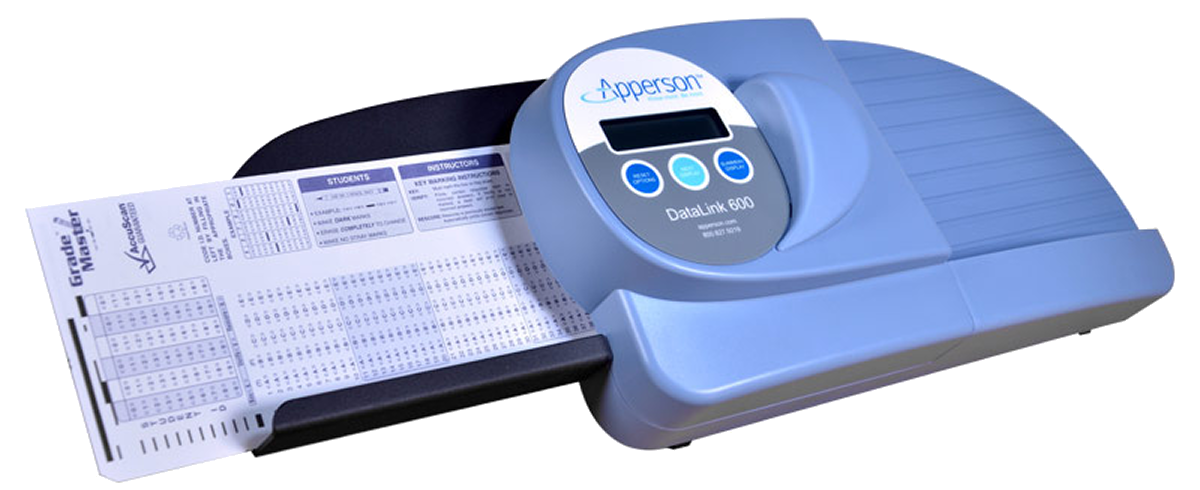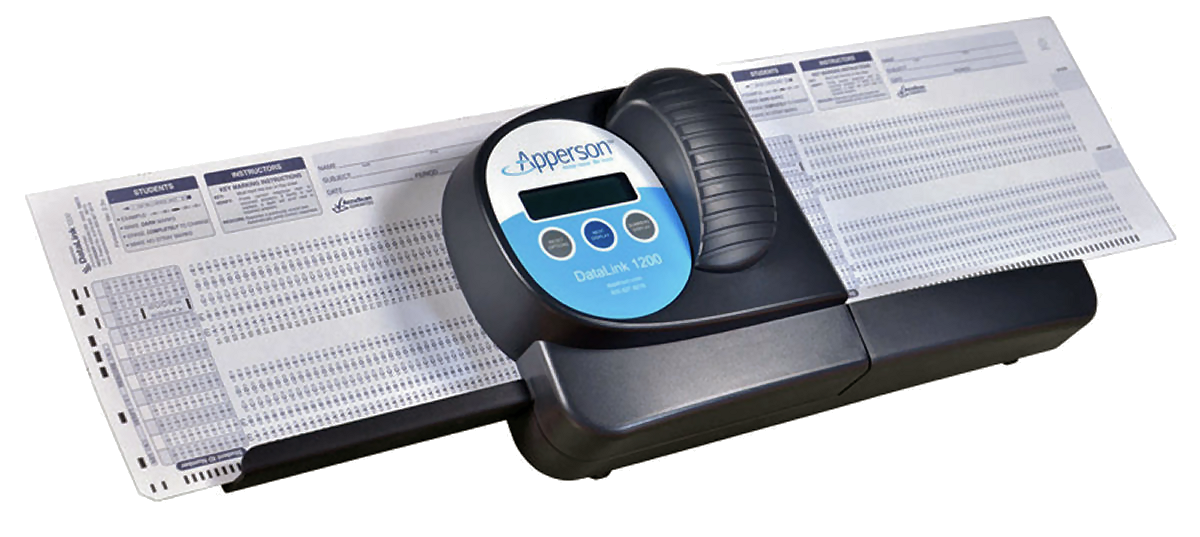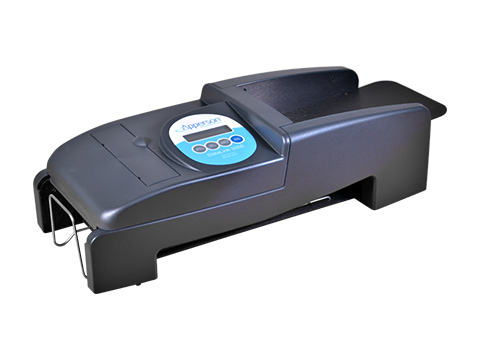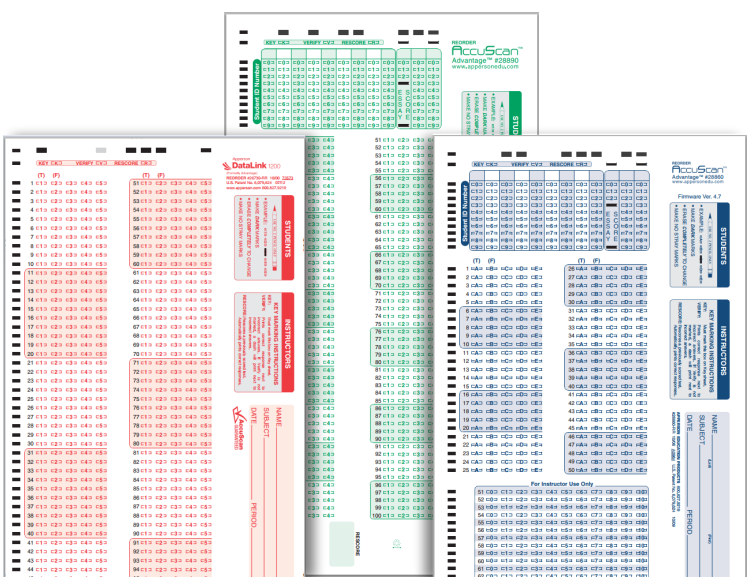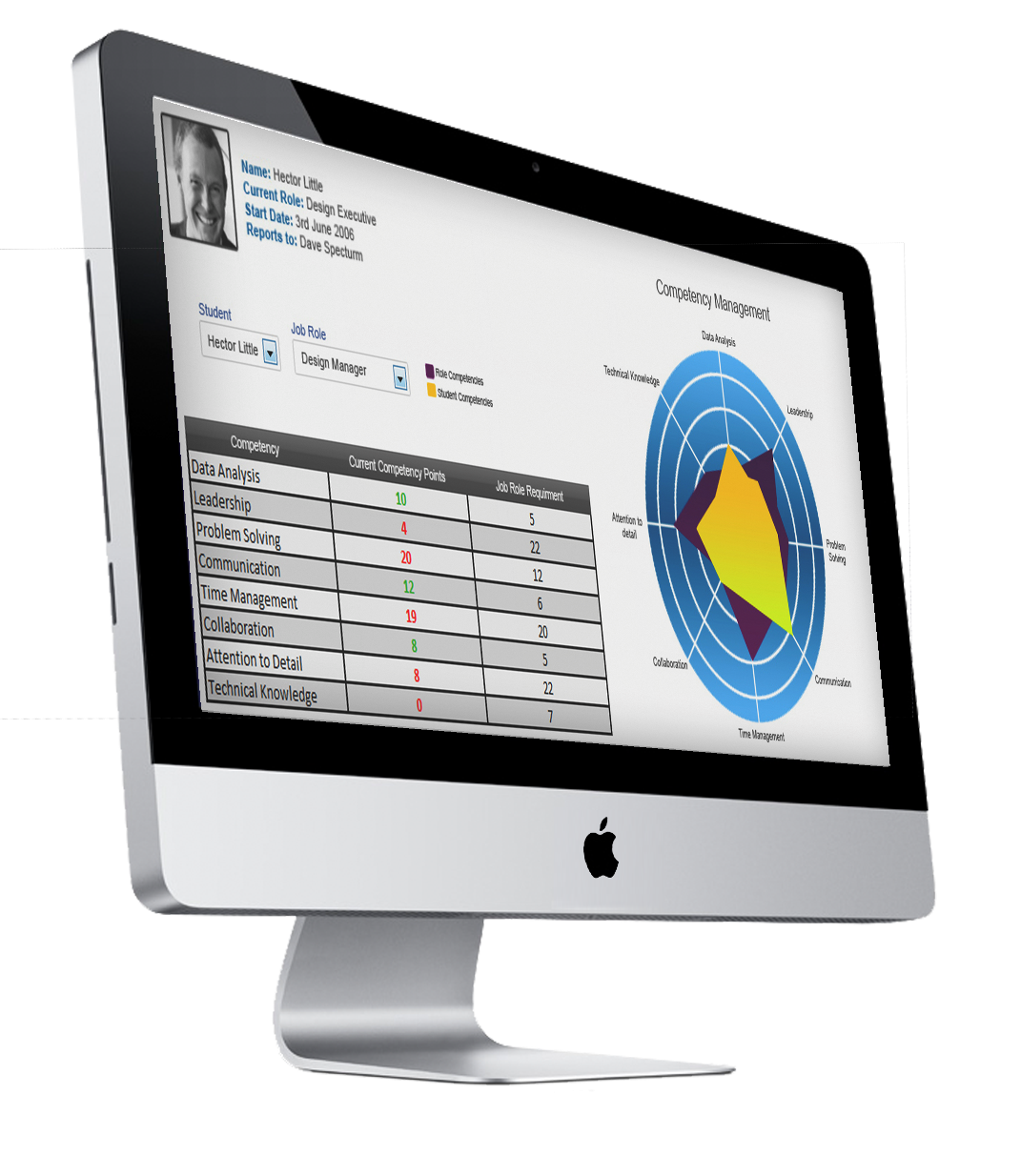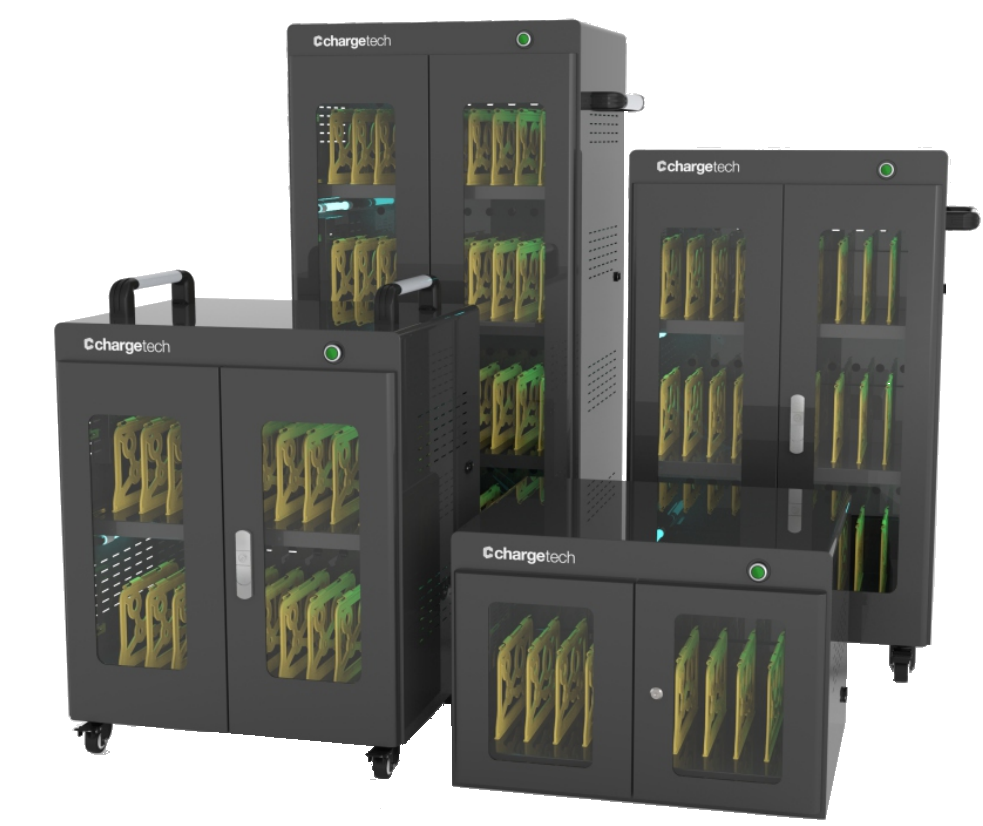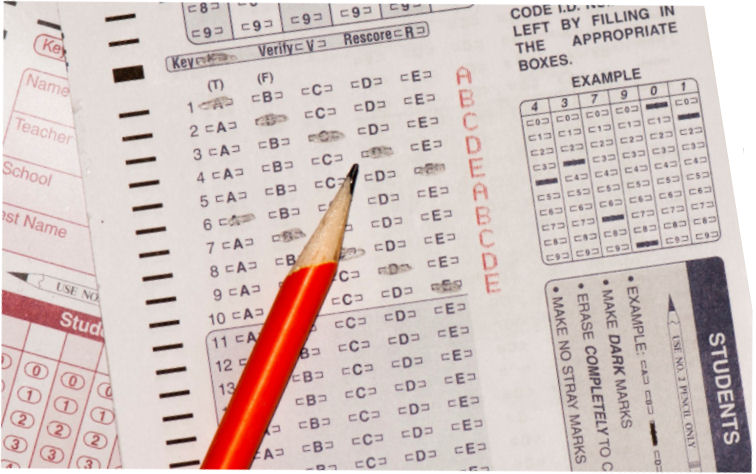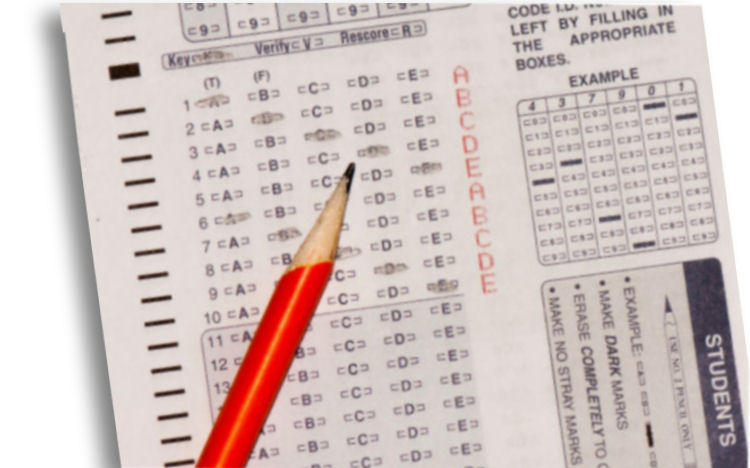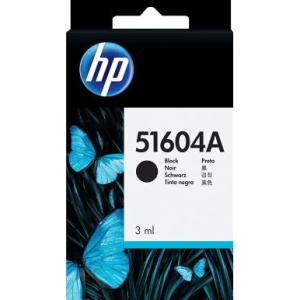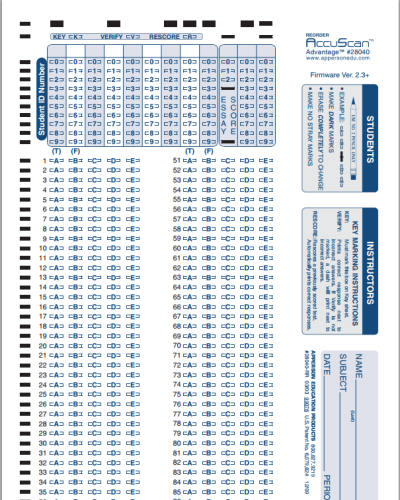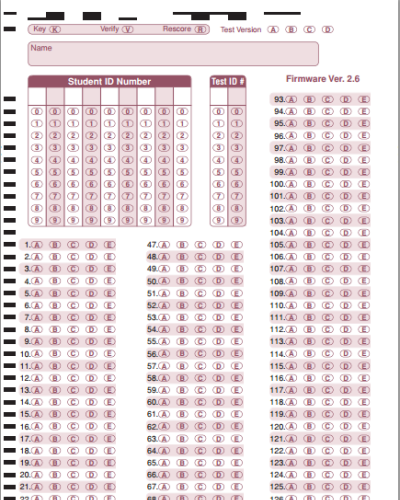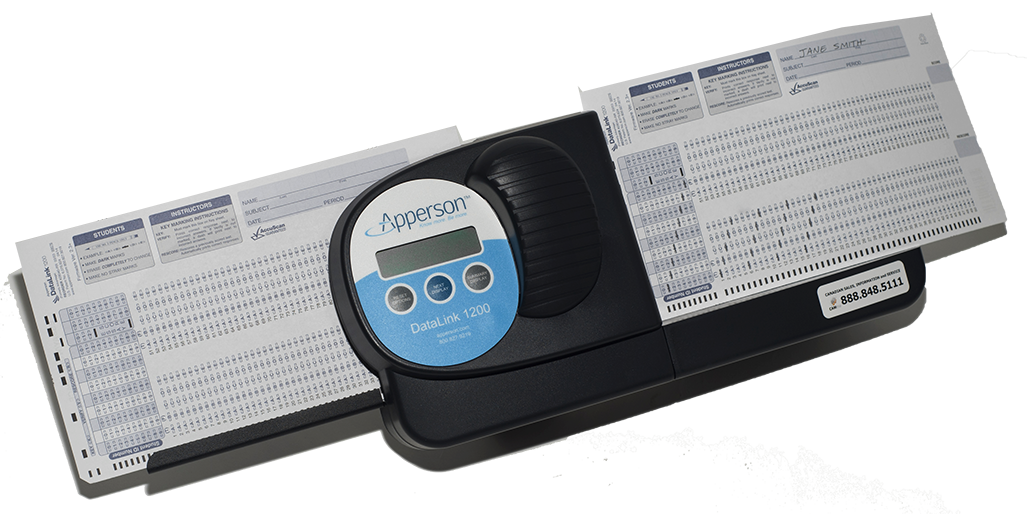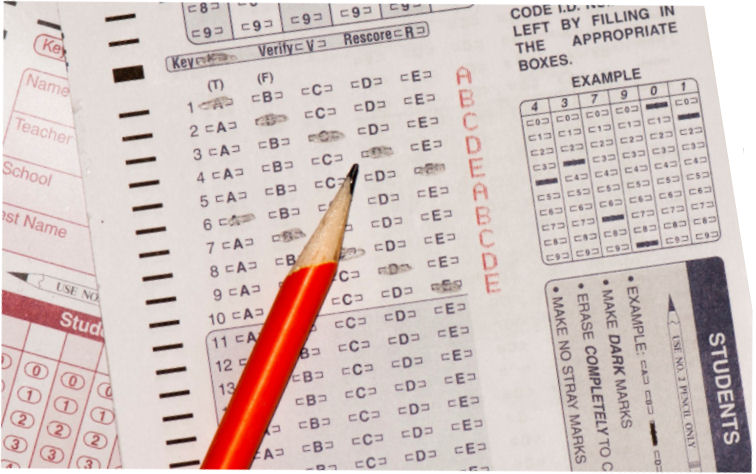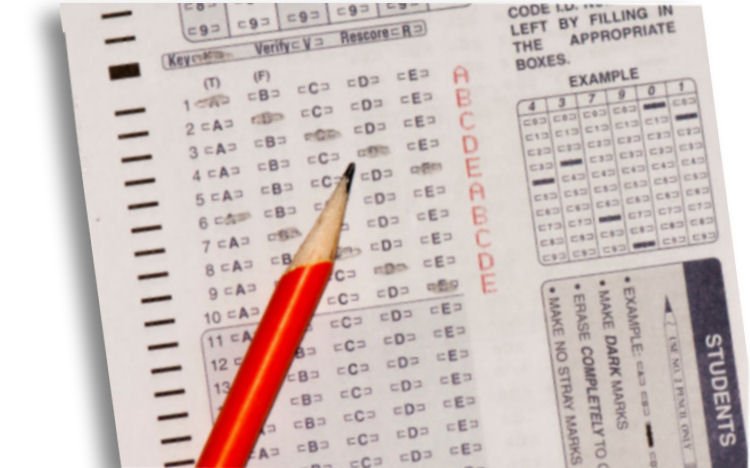Optical Mark Recognition (OMR) Technology
The Benefits of OMR Technology
Many schools are considering image scanning as an alternative to tried-and-true Optical Mark Read (OMR) technology for test scoring. Is this a better solution? Not necessarily. Image scanning hardware and software offer valuable features, but most are wasted in both high-volume and routine test scoring situations. Read on to discover why OMR technology remains the workhorse on campuses nationwide.
Scanning everything versus reading test answers
In a testing environment, image scanning, or "plain paper scanning," combines a well-known scanning technology with robust software. If you’ve ever turned old family photos into digital images, you’ve used this technology. For testing, the software "reads" the data positions on scanned images of answer sheets by comparing them to a template. In contrast, OMR scanning (most closely associated with the Scantron™ brand) requires students to fill in bubbles, usually with a #2 pencil. Their answer sheets are fed through a reader with sensors that recognize the marks on the forms.
OMR is faster and easier
An OMR system operates "on the fly," processing forms as they are fed through the machine. In image scanning, the images have to go through a reading process and if verification is required, the user must stop and make corrections before the scoring process can continue. This slows the scoring process and increases the chance of subjectivity.
OMR processes large quantities
The input trays of most OMR scanners can hold 200 to 500 forms, while most image scanners at schools have a capacity of just 50 to 100 forms. The user needs to stand by to add forms as necessary, esentially nullifying the auto-feed feature.
OMR is the most accurate
OMR is the fastest and most accurate data collection technology for capturing closed-end responses. While both image and OMR technologies are capable of achieving 99.9% accuracy, only a traditional OMR system can achieve that accuracy without user intervention.
Three ways image scanning costs more:
| 1. |
Image scanners with throughput speeds of about 2,000 pages per hour can be priced close to OMR scanners. However, image scanners with higher speeds and additional features are significantly more expensive than their OMR counterparts. |
| 2. |
Unlike OMR, image scanning systems require costly software to capture data. Breaking out software costs is difficult because the software is usually bundled with test item banks or other "bonus" features. OMR scanners require no software. |
| 3. |
Image scanning advocates tout the use of "plain paper" over OMR forms, but don’t factor in the hidden costs of toner and the time teachers spend printing and duplicating tests and the cost of lost productivity due to the additional training required to use image scanning. |
Stick with the no-trouble bubble!
If the primary use of the scanner is to capture bubbled responses, then traditional OMR solution is the best choice. In most cases, OMR is superior to image scanning in price, speed, accuracy and ease of use. In fact, image scanning can offer more irritation than innovation in everyday test scoring.


